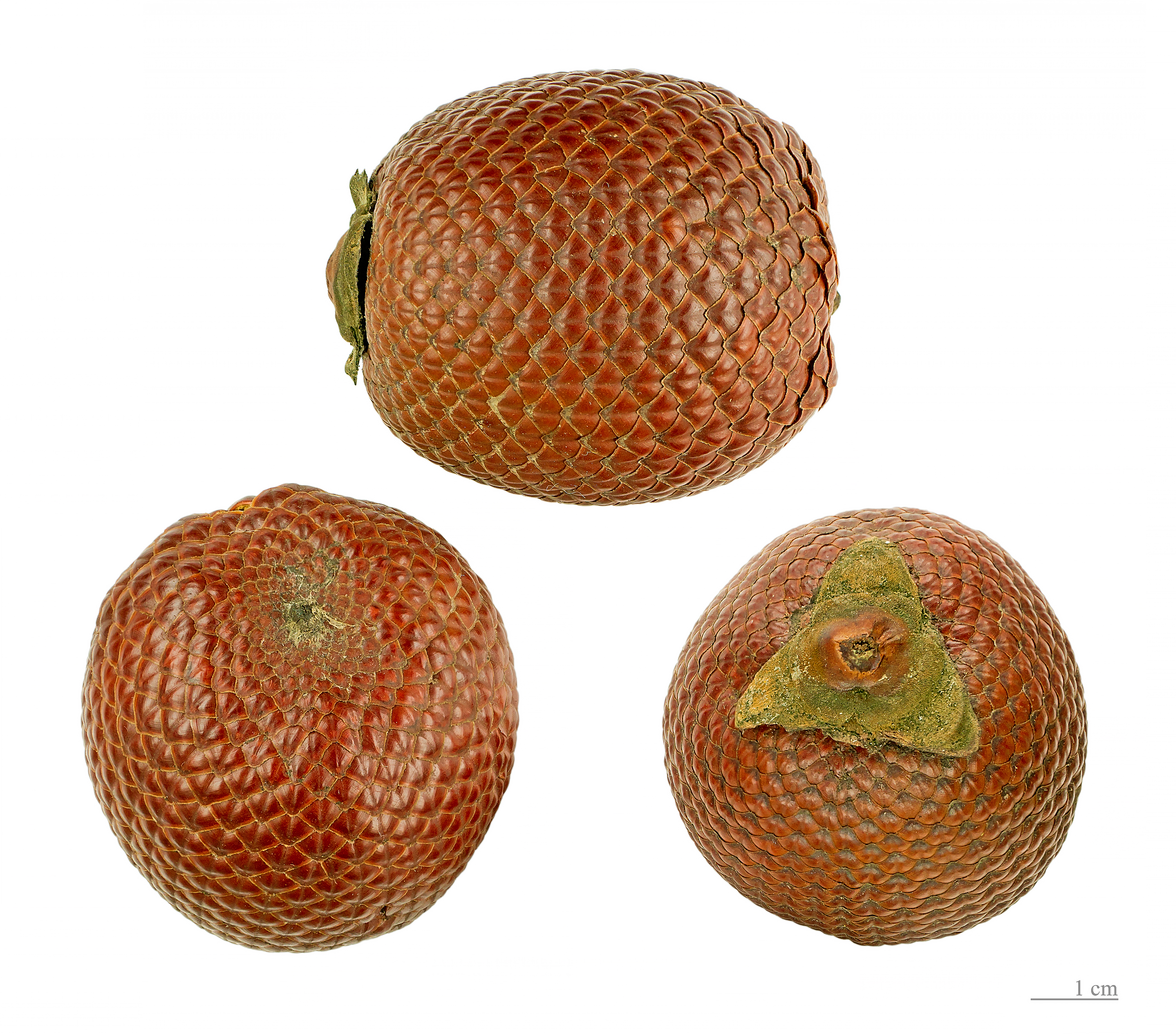|
Morichales De Paz De Ariporo
The Morichales de Paz de Ariporo is a proposed national park in Casanare Department of Colombia. It was formerly referred to as the Humedales de Casanare. The area holds the largest extension of wetlands in eastern Colombia. The park has many stands of Moriche palm ''Mauritia flexuosa'', known as the moriche palm, ''ité'' palm, ''ita'', ''buriti'', ''muriti'', ''miriti'' (Brazil), ''canangucho'' (Colombia), ''acho'' (Ecuador), or ''aguaje'' (Peru), is a palm tree. It grows in and near swamps and other wet ... (''Mauritia flexuosa'') that exist throughout the wetlands. See also * Orinoquía Region, Colombia References {{Protected areas of Colombia Protected areas of Colombia Geography of Casanare Department ... [...More Info...] [...Related Items...] OR: [Wikipedia] [Google] [Baidu] |
Casanare Department
Casanare Department (, es, Departamento de Casanare) is a department in the central eastern region of Colombia. Its capital is Yopal, which is also the episcopal seat of the Roman Catholic Diocese of Yopal. It contains oil fields and an 800 km pipeline leading to the coastal port of Coveñas owned by BP. Rivers and dams The Upía River (Río Upía) is in Casanare. History A former subregion of Boyacá, Casanare became separate department in 1973. Municipalities # Aguazul # Chámeza # Hato Corozal # La Salina # Maní # Monterrey # Nunchía # Orocué # Paz de Ariporo # Pore # Recetor # Sabanalarga # Sácama # San Luis de Palenque # Támara # Tauramena # Trinidad # Villanueva # Yopal, capital See also * Apostolic Vicariate of Casanare * Casanare Province (historical) * Casanare River Casanare River () is a river in Colombia. It is part of the Orinoco River basin. See also *List of rivers of Colombia Atlantic Ocean Amazon River Basin * Ama ... [...More Info...] [...Related Items...] OR: [Wikipedia] [Google] [Baidu] |
Colombia
Colombia (, ; ), officially the Republic of Colombia, is a country in South America with insular regions in North America—near Nicaragua's Caribbean coast—as well as in the Pacific Ocean. The Colombian mainland is bordered by the Caribbean Sea to the north, Venezuela to the east and northeast, Brazil to the southeast, Ecuador and Peru to the south and southwest, the Pacific Ocean to the west, and Panama to the northwest. Colombia is divided into 32 departments and the Capital District of Bogotá, the country's largest city. It covers an area of 1,141,748 square kilometers (440,831 sq mi), and has a population of 52 million. Colombia's cultural heritage—including language, religion, cuisine, and art—reflects its history as a Spanish colony, fusing cultural elements brought by immigration from Europe and the Middle East, with those brought by enslaved Africans, as well as with those of the various Amerindian civilizations that predate colonization. Spanish is th ... [...More Info...] [...Related Items...] OR: [Wikipedia] [Google] [Baidu] |
Wetlands
A wetland is a distinct ecosystem that is flooded or saturated by water, either permanently (for years or decades) or seasonally (for weeks or months). Flooding results in oxygen-free (anoxic) processes prevailing, especially in the soils. The primary factor that distinguishes wetlands from terrestrial land forms or Body of water, water bodies is the characteristic vegetation of aquatic plants, adapted to the unique anoxic hydric soils. Wetlands are considered among the most biologically diverse of all ecosystems, serving as home to a wide range of plant and animal species. Methods for assessing wetland functions, wetland ecological health, and general wetland condition have been developed for many regions of the world. These methods have contributed to wetland conservation partly by raising public awareness of the functions some wetlands provide. Wetlands occur naturally on every continent. The water in wetlands is either freshwater, brackish or saltwater. The main wetland ty ... [...More Info...] [...Related Items...] OR: [Wikipedia] [Google] [Baidu] |
Mauritia Flexuosa
''Mauritia flexuosa'', known as the moriche palm, ''ité'' palm, ''ita'', ''buriti'', ''muriti'', ''miriti'' (Brazil), ''canangucho'' (Colombia), ''acho'' (Ecuador), or ''aguaje'' (Peru), is a Arecaceae, palm tree. It grows in and near swamps and other wet areas in tropical South America. ''Mauritia flexuosa'', a tree, can reach up to in height. The large leaves form a rounded crown. The flowers are yellowish and appear from December to April. The fruit, which grows from December to June, is a chestnut color and is covered with shiny scales. The yellow flesh covers a hard, oval nut. The seeds float, and this is the means by which the palm tree propagates. In natural populations, the tree reaches very high densities. Fruit Moriche palm fruit ("morete" in the Oriente (Ecuador), Oriente of Ecuador) is edible and used to make juice, jam, ice cream, a fermented "wine", desserts and snacks, requiring harvesting of more than 50 tonnes per day in Peru. The inflorescence buds are eaten ... [...More Info...] [...Related Items...] OR: [Wikipedia] [Google] [Baidu] |
Protected Areas Of Colombia
Protection is any measure taken to guard a thing against damage caused by outside forces. Protection can be provided to physical objects, including organisms, to systems, and to intangible things like civil and political rights. Although the mechanisms for providing protection vary widely, the basic meaning of the term remains the same. This is illustrated by an explanation found in a manual on electrical wiring: Some kind of protection is a characteristic of all life, as living things have evolved at least some protective mechanisms to counter damaging environmental phenomena, such as ultraviolet light. Biological membranes such as bark (botany), bark on trees and skin on animals offer protection from various threats, with skin playing a key role in protecting organisms against pathogens and excessive water loss. Additional structures like Scale (anatomy), scales and hair offer further protection from the elements and from predators, with some animals having features such ... [...More Info...] [...Related Items...] OR: [Wikipedia] [Google] [Baidu] |


